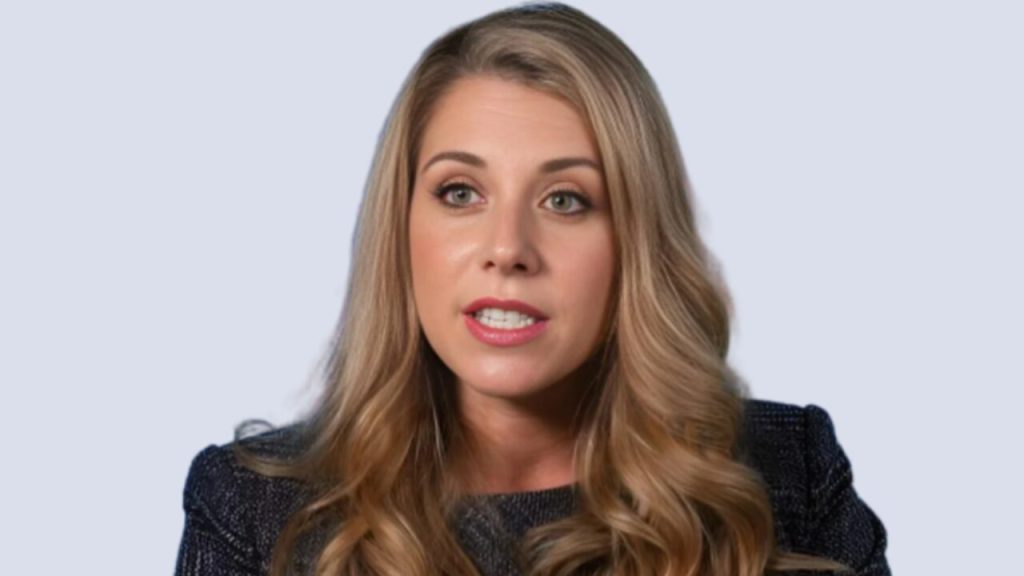The Devastating Toll of Cancer Misinformation: A Growing Crisis in Oncology
The rise of social media has brought with it a surge of misinformation, permeating nearly every aspect of modern life. One of the most alarming and tragic consequences of this phenomenon is the increasing number of cancer patients rejecting evidence-based medicine in favor of unproven and often dangerous alternative treatments promoted by unqualified individuals online. Dr. Rebecca Shatsky, a breast cancer medical oncologist at the University of California San Diego (UCSD), recently shared a harrowing account of the devastating impact of this misinformation epidemic on her patients, highlighting a disturbing trend of preventable deaths and severe complications resulting from reliance on “quack” therapies. Her experience serves as a stark warning about the dangers of seeking medical advice from unqualified sources and underscores the urgent need to combat the spread of misinformation in the digital age.
Dr. Shatsky’s account paints a grim picture of the suffering endured by patients who fall prey to misleading claims about cancer cures. She described multiple instances of patients arriving at the hospital in critical condition after attempting to treat their once-curable cancers with an array of unproven remedies, including supplements, tinctures, extreme diets, and drugs like ivermectin and fenbendazole, typically used for animals. These patients, often influenced by social media “wellness influencers” peddling unsubstantiated claims, forgo conventional medical treatment, leading to devastating consequences. Tumors, once manageable, grow unchecked, causing immense pain, disfigurement, and ultimately, death. Dr. Shatsky’s observation that younger patients are particularly vulnerable to this misinformation highlights the urgent need to educate this demographic about the dangers of relying on unreliable sources for health information.
The phenomenon of “fungating” breast masses, a particularly distressing consequence of untreated cancer, is becoming increasingly common in Dr. Shatsky’s practice. This involves the tumor breaking through the skin, creating open, bleeding, and infected wounds. What is particularly disturbing is the misrepresentation of this horrific progression by some alternative practitioners who claim that this gruesome development is a positive sign, a “toxin release.” This dangerous rhetoric convinces vulnerable patients that their condition is improving, further delaying life-saving treatment. Dr. Shatsky emphatically refutes this notion, stating unequivocally that these masses are not signs of detoxification but evidence of uncontrolled tumor growth, directly threatening the patient’s life. The untreated tumor continues to invade surrounding tissues, spreading to muscles, lungs, bones, liver, and brain, ultimately leading to a painful and preventable death.
The spread of misinformation through social media poses a significant challenge to healthcare professionals. The accessibility and persuasive nature of online content, combined with the often-desperate search for hope by cancer patients, create a fertile ground for the proliferation of these dangerous narratives. Distinguishing between credible information and misinformation can be difficult, particularly for individuals overwhelmed by a new diagnosis and the complex landscape of medical information. The emotional vulnerability of patients, coupled with the seductive allure of quick fixes and “natural” cures, makes them susceptible to the misleading promises of unqualified individuals posing as experts.
Addressing this crisis requires a multi-pronged approach. First, healthcare professionals must proactively engage with patients, providing clear and accurate information about cancer treatment options and the dangers of unproven therapies. Building strong patient-physician relationships based on trust and open communication is crucial in combating the influence of misinformation. Secondly, increased regulation of online health information is necessary to prevent the spread of false and misleading claims. Social media platforms must take greater responsibility for the content shared on their platforms and implement mechanisms to identify and remove harmful misinformation. Thirdly, public health campaigns are essential to educate the public about the dangers of misinformation and promote media literacy skills to critically evaluate online health content.
The tragic consequences of cancer misinformation are a stark reminder of the power of misinformation in the digital age. The cases described by Dr. Shatsky underscore the urgent need to combat the spread of false and misleading health claims online. By empowering patients with accurate information, strengthening regulatory oversight of online health content, and enhancing public awareness, we can protect vulnerable individuals from falling prey to dangerous misinformation and ensure that they receive the evidence-based care they need to fight cancer effectively. The lives of countless individuals depend on it.


